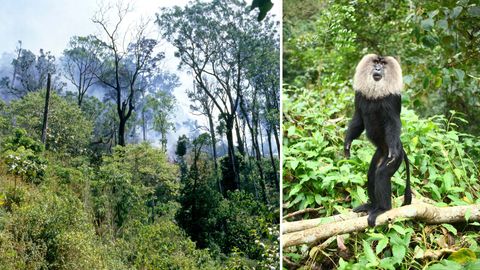
Teeming with flora and fauna, the Silent Valley National Park in Kerala is an untouched rainforest that allures with adventure and quietude. By Sathya Saran
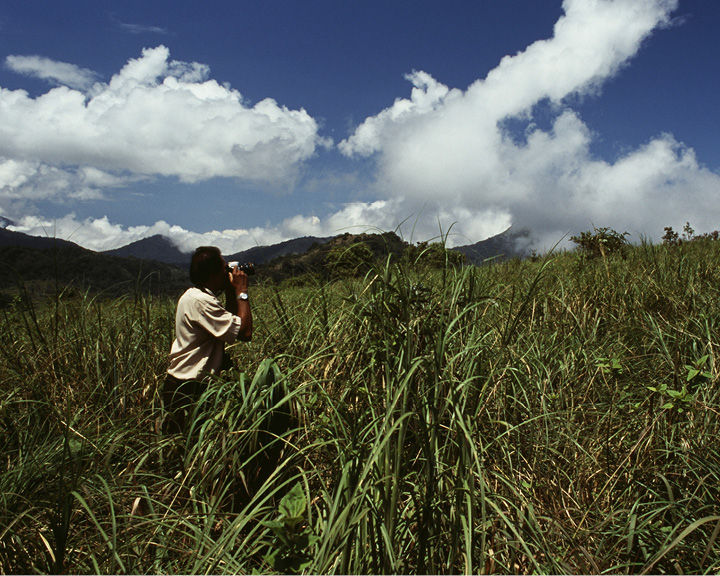
I have two worries nagging me—noise and leeches. I have been warned about the leeches, and have safely tucked my pants into my socks to prevent them from attaching themselves to my ankle. But the noise factor, I know, is beyond my control.
As groups of tourists load themselves into the jeeps run by the forest department, which are to drive them from the check-point in Mukkali, a sleepy town in Central Kerala, to the Silent Valley National Park, the chatter coming from them is incessant. If we are to hear the forest and its faint whisperings and calls, silence is imperative. I cross my fingers and hope the chatter subsides soon. Our jeep driver is cautious, and as we drive painfully up the unpaved gravelly road that winds its way through 27 kilometres of the forest, silence envelopes us.
The Silent Valley National Park in Kerala, first explored by botanist Robert Wight in 1847, has been a protected eco zone since 1981. It was slated to be the site of a dam, but the protests that rose from environmentalists and nature lovers across the country and many parts of the world, persuaded the then Prime Minister, Indira Gandhi, to abandon a proposed dam-building project. Today, the park, which has a core area of 90 square kilometres and a buffer zone of 148 square kilometres, is the closest thing that India has to an untouched rainforest, resplendent in its variety of flora and fauna.

Wildlife teems here too, from various species of monkeys to elephants and tigers, and I am hoping to get lucky. For this dense habitat of tigers and hyenas, bats and elephant herds, also protects the lion-tailed macaque—the most endangered of the macaque species endemic to the Western Ghats of South India. The lion-tailed macaque, if you should see one, is the very picture of a venerable sage with a halo of bristling white hair, red eyes, and a tufted tail. Though also found along the southern coast of western India, the species is severely threatened by the burgeoning tea and coffee plantations, with the Silent Valley remaining its last refuge, practically. I sit up and ardently scan the forest for a glimpse of the animal, despite the bumpy road we are riding on.
Fifteen minutes into the drive, the body adjusts to the upheaval and the forest starts revealing itself. Waterfalls trickle-down rocks, washing the overhanging leaves. The sun filters through the thick canopy of trees, creating flickering patterns of light and shade. We pull up to admire a huge trunk, a wild jackfruit tree that has been blasted by lightning and search for orchids on the higher branches. I have seen many forests, but few have this wealth of vegetation or this sense of quietude. It is as if we have entered nature’s meditation chamber.
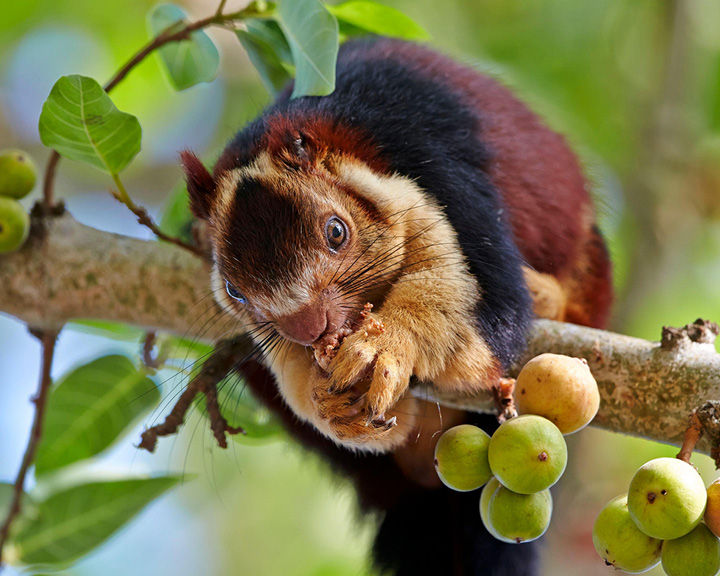
Our keen-eyed driver signals to us, as he switches off the engine. Silent, we lean this way and that, trying to catch a closer glimpse of a Malabar giant squirrel or Indian giant squirrel. It is a dark mass of fur snuggled up against a fork in the branches of a nearby tree. As far as squirrels go, it is pretty big. Though we wait for a long time, it ignores us and refuses to reveal itself further. Monkeys romp around the trees, but they are the kind one sees by the roadside on hills. The elusive macaque remains hidden. Yet, we are told, tourists have sighted a group half-hidden by trees, and elephant herds, at times, can be seen crashing through the forest.
We cannot sense it, but the forest of the Silent Valley is teeming with life—insect species in mindboggling numbers carry on their cycle of life, reproduction, and death, undisturbed by human interference. Dragonflies and butterflies flit about, and our guide tells us that the dragonflies here are of 82 varieties. The butterfly, which is under threat from mankind, with thousands of species driven to extinction, thrives here. Almost 128 species of butterflies have been identified here; of them, 13 are endemic to the southern parts of India, of which five were on the endangered list. But such is the verdant sanctuary offered by the forest here that other species of butterflies have been observed migrating to find a home in the Silent Valley.
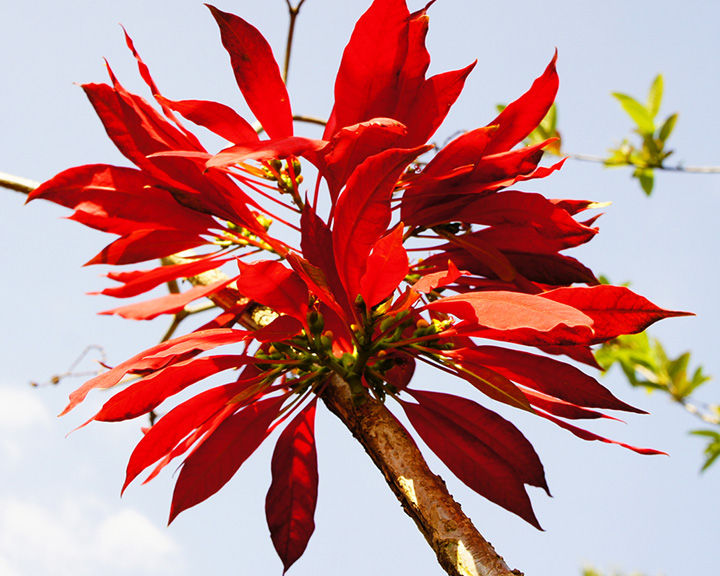
Flashes of scarlet shine through the green, and we draw a collective breath of wonder. Phone cameras click; the autumnal leaves of the trees will soon flash their beauty across social media. After almost an hour of a bone-rattling drive, we are in the core region of the forest. Despite the existence of varieties of grasshoppers and crickets, there is no music of crooked legs harping against dry wings. The forest is indeed silent, except for the sound of the occasional bird. An owl watches us, disturbed by the sound of our traverse; parrots screech, hidden in foliage. At a waterfall, boisterous play is underway, as grown men who have left in an earlier vehicle, gambol like kids.
And then, it is time to disembark. We are in a clearing now, and I can see a watchtower ahead. But I have come prepared for a hike, leeches and all. Our guide reads us the rule that all visitors must return to base in five hours from leaving it, so there is only an hour for the hike of three kilometres up and down. We set out, picking stout sticks en-route, in case we encounter steep slopes or need to protect ourselves from animals or reptiles. For reasons unknown, a museum that held photos of the history of the park as well as a tea stall have closed down, so we trudge down a slope that alternates between gradual and steep. Soon, we are alone at the edge of a steep embankment. The River Kuntipuzha, thus named to mark the mythological premise that the Pandavas hid here during their exile, flows serenely below. Only the tattered rope bridge that swings in the wind 10 metres above, holds evidence of the fury the river can unleash when the monsoon swells it. Far away, the hills rise, blue and green against the sky. It was here that the dam would have been built, our guide tells us.

As we begin our return journey, the rain that visits rainforests every afternoon patters down, a light blessing that dampens our clothes. Borrowing a raincoat from a less adventurous friend, I climb the somewhat slippery metal steps to the high watchtower for a 360° view of forest. The panorama is worth every bit of the climb. The colours and the soft mist create a magical visual.
Then, we head back. But first, we take a short detour for lunch at a friend’s coffee and rubber estate, where the coffee plants are bedecked with green and slowly reddening beans. The estate is generations old and ecologically preserved, and employs Adivasis. Over lunch at the guest house in a flat meadow, we are treated to photos of tiger, elephants, and birds that occasionally drop in for a look about. The manager agrees that it is a lonely life, but such delights compensate.
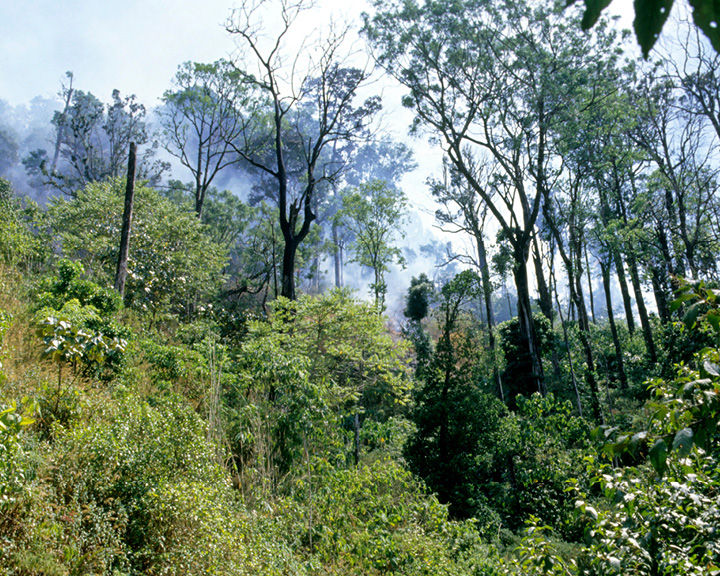
The road back, post the detour, is a lesson in perspective—it seems like a highway in comparison to the one that took us to the Valley. Back in the hotel, we examine our photos. And yes, one of us has carried back a few souvenirs… smuggled into his socks are two tiny leeches enjoying their repast!
Fact File
Advance permission is necessary for entry into the Silent Valley National Park. The number of visitors is strictly monitored, and INR 40/ USD 0.5 entry fee is charged. A few private vehicles are allowed for a higher fee, although it is better to use the jeeps of the Forest Department, as the drivers are trained well to spot wildlife and are knowledgeable about the fauna and other aspects of the Park. silentvalley.gov.in
Getting Their
The Silent Valley region, located in northern Kerala, is best approachable by road, which is quite serviceable. It borders Tamil Nadu, and Coimbatore is the nearest city, as well as the major air and rail head. Calicut airport is 94 kilometres away. Palakkad, to the east, is 60 kilometres away, by road.
Stay
No resort is available within 20 kilometres of the Silent Valley National Park’s entrance. Sterling Anaikatti – Holiday Resorts and Hotels merges naturally with the surrounding village called Agali (starts from INR 3,753/ USD 52; sterlingholidays.com).
When
Due to high rainfall received by the park during both the southwest and northeast monsoons, the best times to visit are April-May and January- February. While days can be warm in January, evenings are chilly.
Ideal For
Nature and wildlife lovers, avid photographers.
Discover
Locally known as Sairandhrivanam, which means Sairandhri’s (Draupadi) Forest in Malayalam, the Silent Valley gets its name from the silence that envelopes the forest. The usual sounds of insects are surprisingly absent, despite a huge insect population that includes beetles, bees, grasshoppers, moths, and dragonflies, to name a few. Many Adivasis, the original inhabitants of these forests, continue to live in the outer forest areas. Their houses can be seen during the drive.
Related: This Horror Story About Kerala Is Not For The Faint-Hearted










